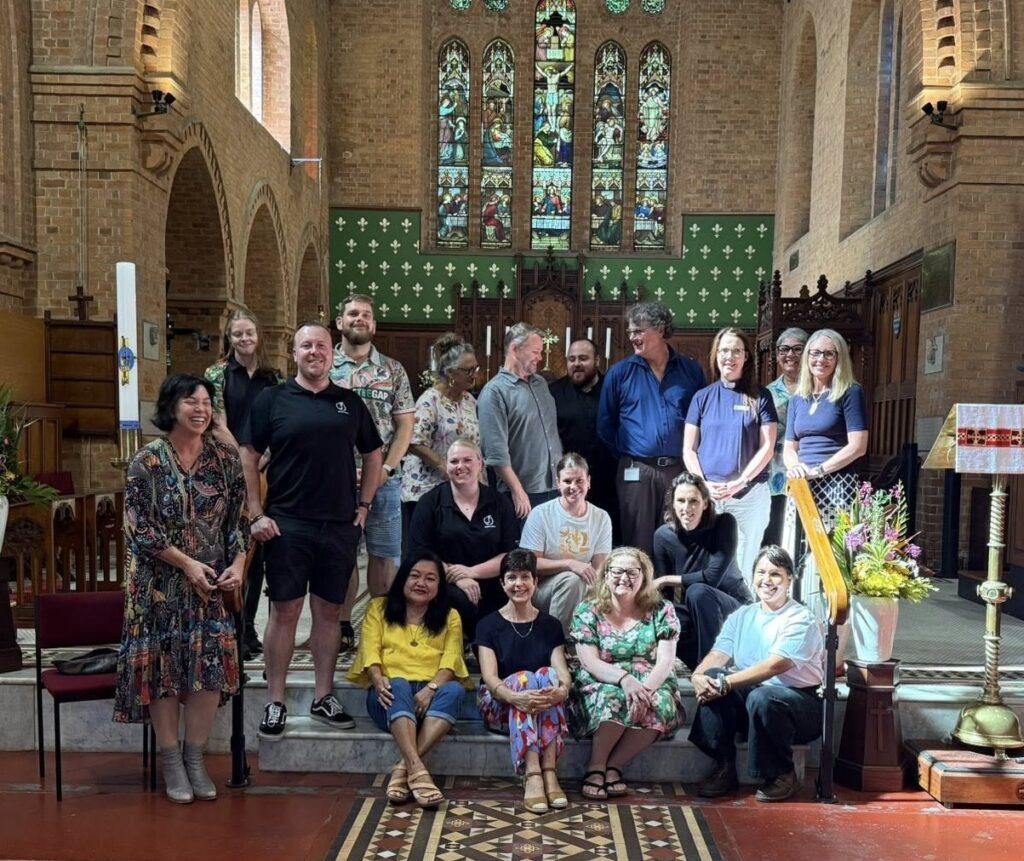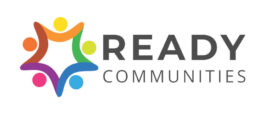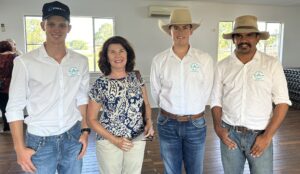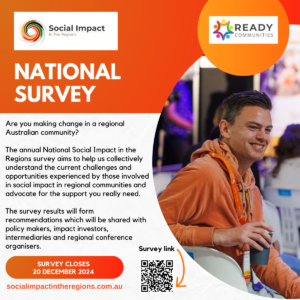When we first launched Ready Communities in the Macleay Valley, we were testing a bold idea: could a community-driven, flexible, deeply relational approach to social and economic development truly work in regional Australia?
Eighteen months later, it’s safe to say the answer is yes—but not in the way we first imagined.
Our work in Kempsey (Ready Macleay) taught us some important truths. It showed us that creating real community momentum isn’t about delivering a ‘program’ onto a region. It’s about recognising the quiet leaders who already exist. It’s about weaving the right kinds of support, capacity building, and partnerships around them—and then getting out of the way.
It was through this learning that Ready Communities truly began to take shape.
From pilot to movement
In our delivery of Ready Macleay, we focused heavily on gathering community initiatives. The response was incredible identifying over 77 initiatives, all positive. All solution focused. Even though over half of these initiatives had at least some movement, we learned that unless we could resource and sustain these ideas over the long term, gathering initiatives sometimes created false hope. And that’s the last thing we want to do.
We realised that energy alone wasn’t enough. What mattered was readiness—the deeper conditions that allow good ideas to stick.
Today, our focus is different. We’ve moved beyond initiatives to building readiness ecosystems. We now work side-by-side with communities to strengthen five key indicators:
- Clarity and understanding
- Connection and connectivity
- Capability and capacity
- Collaboration for purpose
- Advocacy and promotion
This shift allows us to invest in what makes communities strong in the long term, not just what makes headlines today.
The Rise of Impact Facilitators
Another major evolution is our introduction of Local Impact Facilitators.
In Kempsey, while unofficial, we noticed certain individuals stepping up to drive momentum. We now formalise that role: identifying, supporting, and investing in local leaders who are passionate about building readiness in their communities.
Impact Facilitators lead local Readiness Events, contribute to mapping, connect with funders and investors, and participate in national conversations through the Social Impact in the Regions conference. They are at the heart of everything Ready Communities is becoming.
This approach recognises a fundamental truth: Change is not a project. It’s a relationship.
Measuring what matters
In our early work, we measured activities and outputs including forums held, initiatives logged, progress and economic impact. Now, we also measure something deeper: the shift in local readiness over time.
Using our Readiness Index, we track change at baseline, midway, and program completion. This gives communities a tangible, practical sense of their progress and helps funders, councils, and partners understand the return on their investment.
What’s next?
Ready Communities is no longer a pilot. It’s a tested, evolving model.
We’re working now in Grafton and expanding nationally, taking what we’ve learned, staying curious, and continuing to co-create with every community we serve.
The pilot taught us something simple but profound:
Community readiness isn’t something you deliver. It’s something you grow.
And that’s exactly what we’re doing.
Stay tuned with our progress via our newsletter. Join here (scroll to the bottom of the page).
